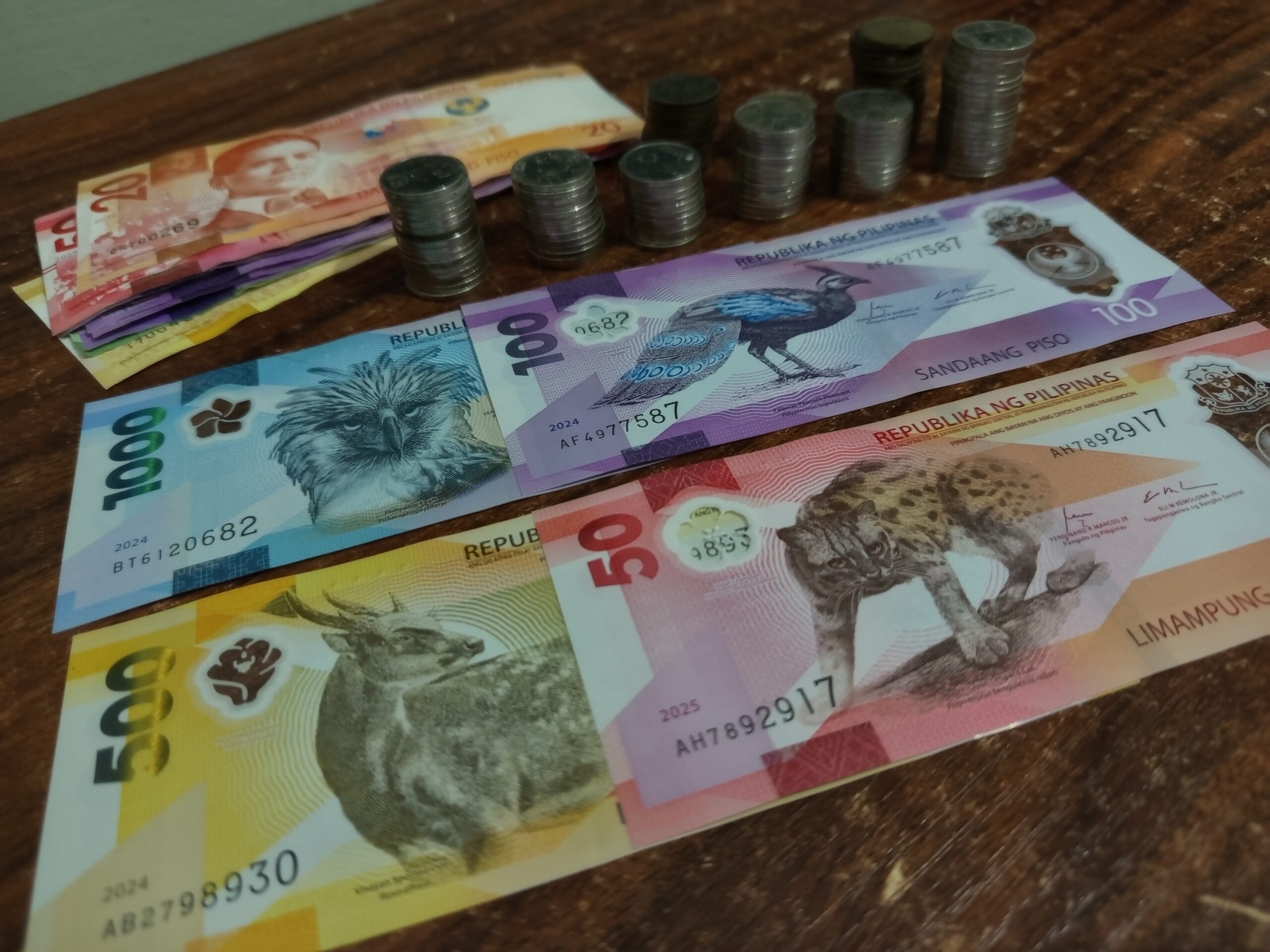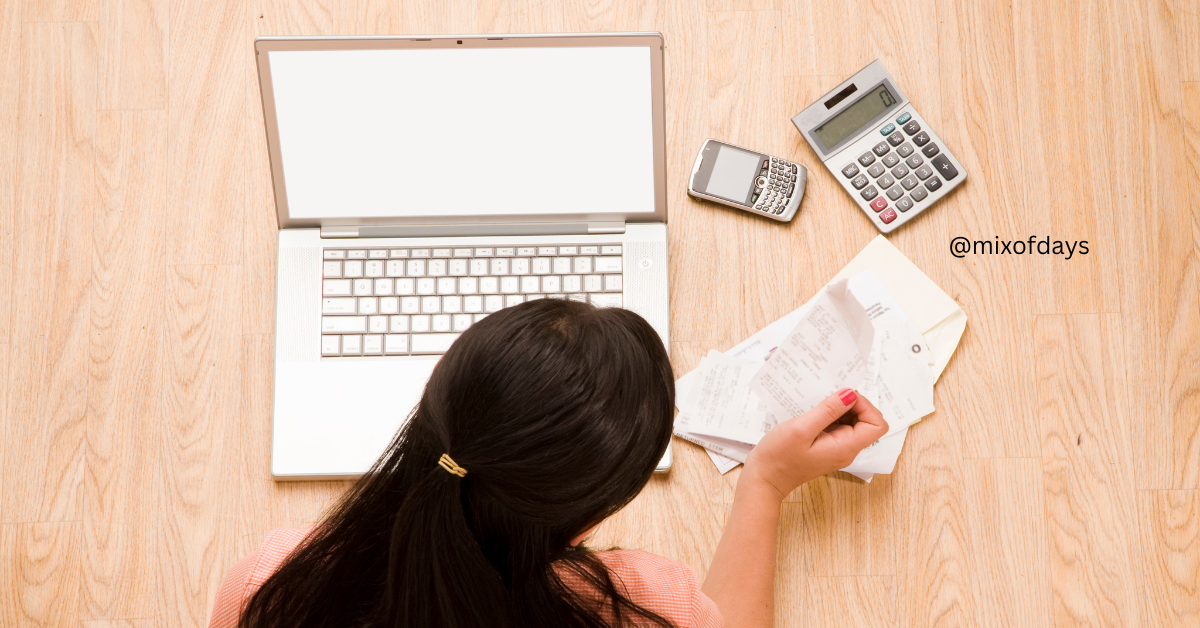Save or Invest
Financial advice is everywhere—but when you’re working hard to make ends meet, it can be tough to figure out your first step. Should you stash your money in a savings account, or is it time to start investing for the future? So, save or invest?
This blog post unpacks that decision with real-world examples, easy-to-follow steps, and strategies made for Filipino professionals, freelancers, and hustlers who want to make the most of every peso.
💡 First, Let’s Clarify: What’s the Difference?
While “saving” and “investing” both involve putting money away, their purpose and impact on your financial life are completely different.
🔐 Saving
Saving is about protection and preparation. It means keeping money in a secure, accessible place like a bank or e-wallet so you can use it anytime for emergencies or short-term needs. Interest rates are usually low, but the goal isn’t growth—it’s stability.

📊 Investing
Investing is about growth over time. You’re placing your money into tools like stocks, bonds, mutual funds, or digital investment apps, aiming to earn more than you could through a traditional bank. It involves risk, but it’s also your ticket to building wealth in the long run.
🛑 Save First If You’re in These Situations
If you’re still building your financial base, saving should be your priority. It’s like building a strong foundation before adding another floor to your financial house so you don’t have to choose whether to first save or invest.
✅ Save first if:
- You don’t have an emergency fund yet
- You’re living paycheck to paycheck
- You’re paying off high-interest debt
- Your income is unstable or seasonal
- You’re planning a big purchase within the next 12–24 months
📦 What’s an Emergency Fund, and Why Do You Need It?
An emergency fund is money set aside only for unexpected expenses—medical bills, house repairs, job loss, etc. Without it, you risk relying on credit cards, loans, or prematurely withdrawing your investments at a loss.
🎯 How much should you save?
A good goal is 3 to 6 months’ worth of necessary expenses. If you spend ₱20,000 a month, aim for ₱60,000–₱120,000 in your emergency fund.
Tip: Use high-interest savings options like digital banks (e.g., Tonik, CIMB, Maya) to earn a little more while keeping your money safe.

📈 When It’s Time to Invest
Once you’ve set aside emergency savings and aren’t bogged down by debt, investing becomes your next best step. It’s how you grow wealth, keep up with inflation, and prepare for long-term goals.
✅ You’re ready to invest if:
- You already have an emergency fund
- You’re not drowning in high-interest debt
- Your income is consistent
- You’ve defined long-term goals (retirement, property, business, etc.)
- You understand (and accept) some level of risk
🧭 Let’s Make It Simple: A Two-Stage Roadmap
Stage 1: Build Your Base
- Track your monthly income and expenses
- Create a simple budget
- Save 10–30% of income monthly for emergencies and short-term needs
- Eliminate or reduce high-interest loans
Stage 2: Start Growing
- Choose beginner-friendly investment platforms (e.g., GInvest, COL Financial, Seedbox)
- Start small—invest ₱500 to ₱5,000 monthly using peso-cost averaging
- Explore balanced mutual funds or conservative options if you’re risk-averse
- Monitor your progress every quarter, not daily
🧑💼 Meet Lea: A Real-World Example on when to Save or Invest
Lea is a 34-year-old work-from-home customer support rep earning ₱40,000/month. She spends ₱25,000 on living expenses and has ₱10,000 in the bank.
Here’s her action plan:
- Save: Lea sets aside ₱5,000/month to build a ₱75,000 emergency fund. That takes 13–15 months.
- Eliminate Debt: She uses an extra ₱2,000/month to finish paying off her credit card.
- Invest: After 15 months, Lea starts investing ₱3,000/month in a conservative equity fund using GInvest.
This approach helps her stay safe while still moving forward.
🔄 Save and Invest at the Same Time? Here’s How
If you’ve partially completed your emergency fund but have consistent income, you can split your financial efforts:
- 50% for savings
- 30% for investing
- 20% for short-term goals (travel, tech upgrades, etc.)
Adjust the ratio depending on your comfort level and goals. The key is to keep moving forward, even with small amounts.
🧠 Smart Money Habits to Pair with Saving and Investing
- Automate your savings and investments. Out of sight, out of mind.
- Review your goals every 6 months. Life changes—your strategy should too.
- Avoid lifestyle inflation. Just because you earn more doesn’t mean you have to spend more.
- Always keep learning. The more you understand about money, the more confident you’ll be.
🧩 Bottom Line: It’s Not Either/Or—It’s a Timeline
If you’re starting from scratch, save first. Build your foundation. Create space to breathe. Once you’re stable, then begin to invest with confidence. With this, you don’t have to choose on whether to save or invest first.
Remember: Financial success isn’t about choosing between two perfect options, save or invest. It’s about timing, consistency, and building habits that match your current reality.
Everyone wants to grow their money—but no one talks enough about preparing for the curveballs that life throws your way. By choosing to save before you invest, you’re not playing it safe—you’re playing it smart and not choosing whether to save or invest.
Over time, those smart moves compound—just like good investments.
Here’s a Downloadable Checklist to help you follow clear, actionable steps.



